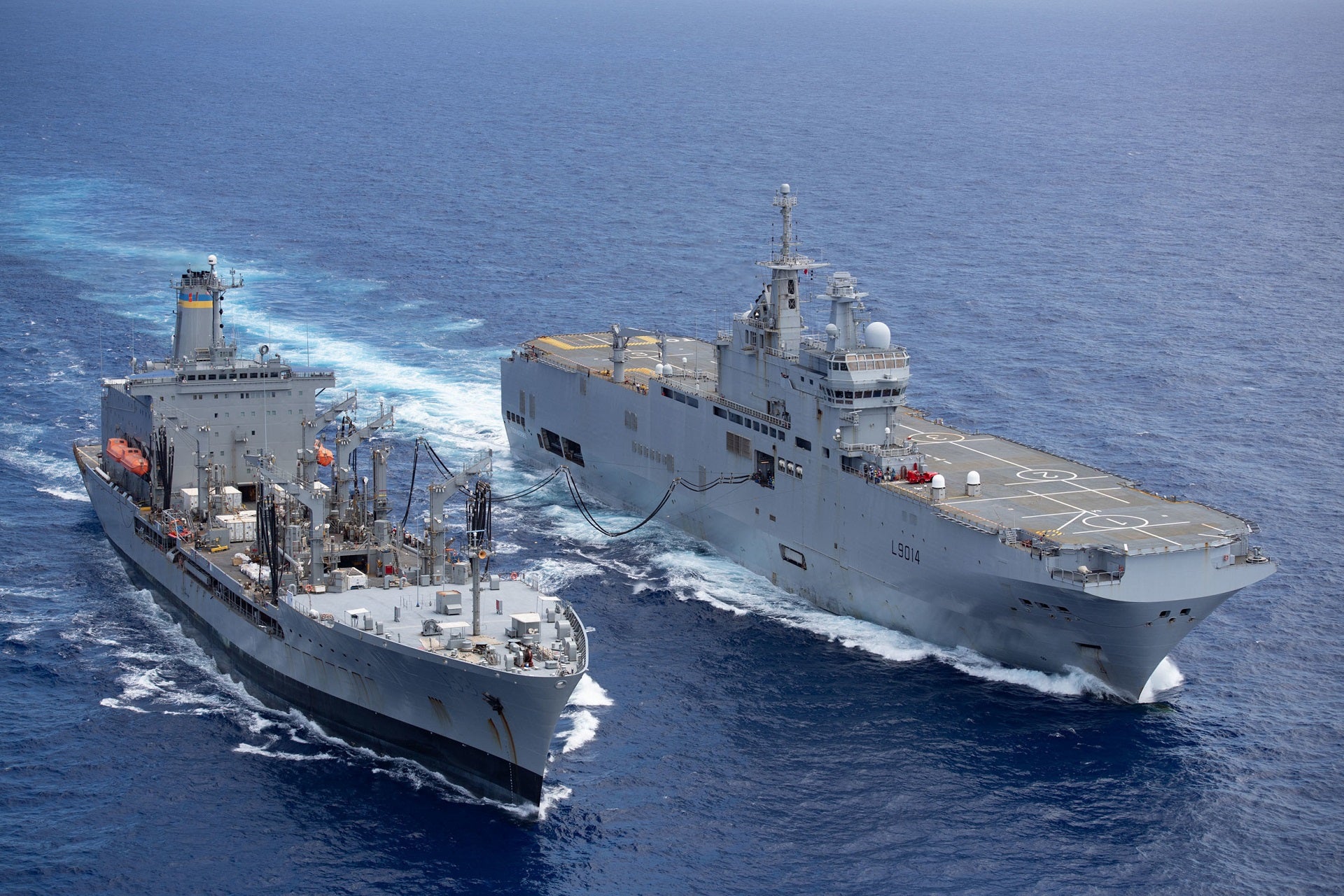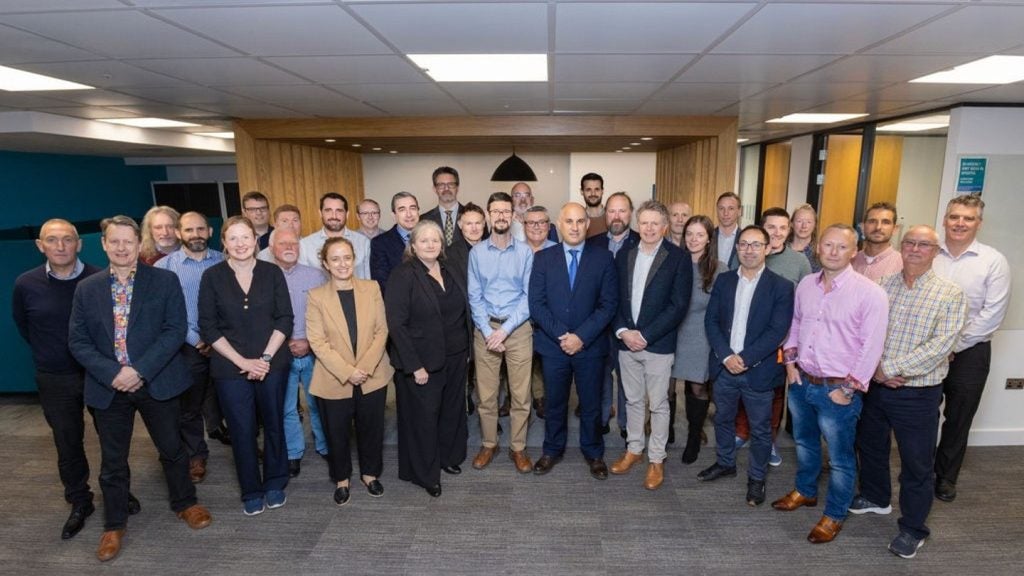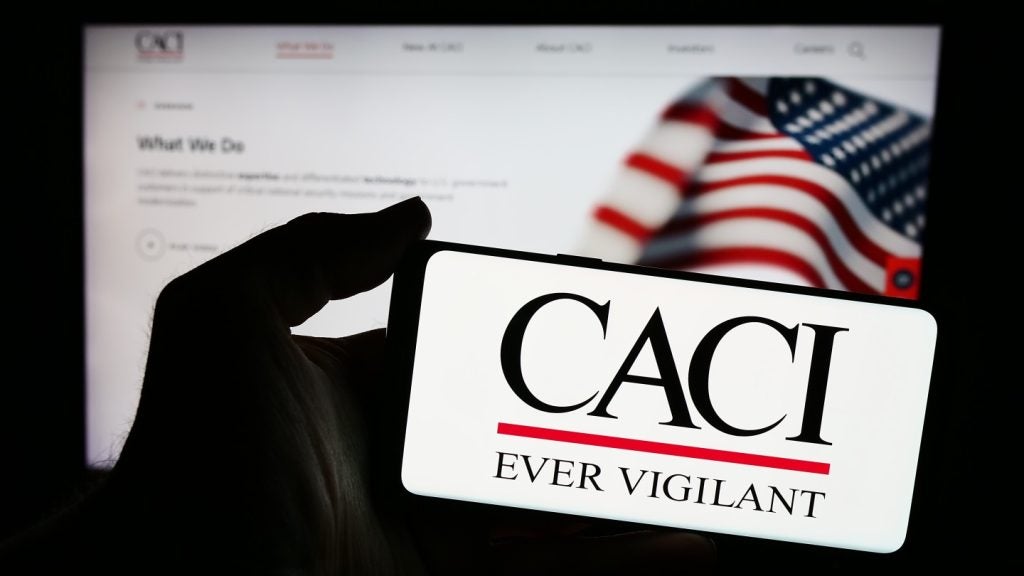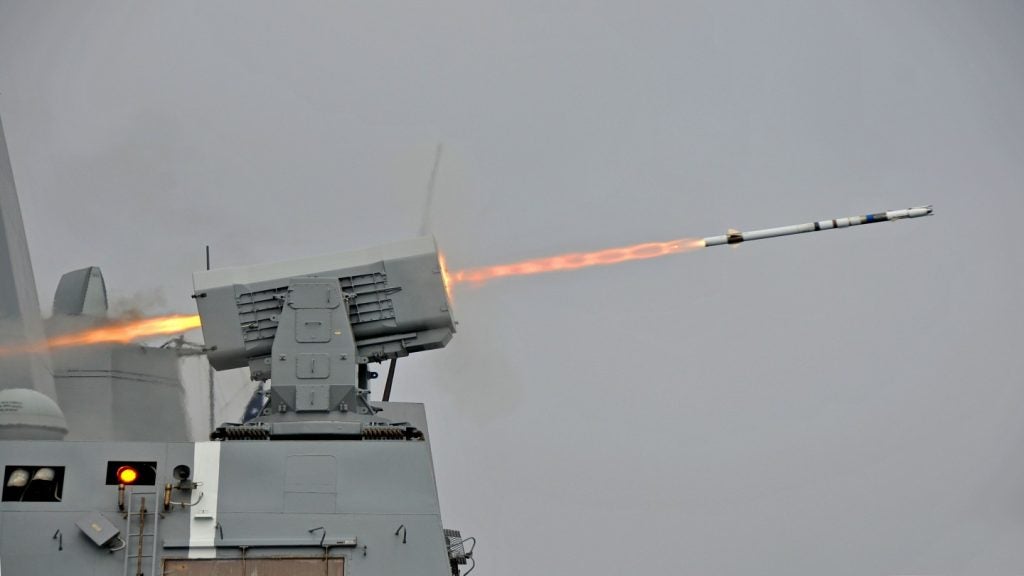
The US Navy, the French Navy and Japan Maritime Self Defense Force (JMSDF) have brought their naval vessels together to build strong logistics network and strengthen relationships.
Through a ‘combined logistics planning’, the countries exercised their abilities to sustain each other at sea.
Throughout this month, the French Navy’s Jeanne d’Arc amphibious task group will carry out ‘replenishments-at-sea’ with the US Navy and JMSDF jointly in separate planned events.
Replenishment operations feature refuelling at sea, and the delivery of provisions through connected or vertical replenishments.
On 19 May, the US Navy’s fleet replenishment oiler USNS Big Horn carried out a replenishment-at-sea with the French Navy’s amphibious assault ship FS Tonnerre (L 9014) in the Philippine Sea.
Earlier this month, JMSDF’s Mashū-class replenishment ship JS Masyuu (AOE 425) carried out a replenishment-at-sea with the French Navy frigate FS Surcouf (F 711) in the Philippine Sea.
How well do you really know your competitors?
Access the most comprehensive Company Profiles on the market, powered by GlobalData. Save hours of research. Gain competitive edge.

Thank you!
Your download email will arrive shortly
Not ready to buy yet? Download a free sample
We are confident about the unique quality of our Company Profiles. However, we want you to make the most beneficial decision for your business, so we offer a free sample that you can download by submitting the below form
By GlobalDataFrench Navy Rear Admiral and French Armed Forces Asia-Pacific Joint Commander Jean-Mathieu Rey said: “Replenishment at sea (RAS) is a maneuver of special interest for our navy assets operating in the Indo-Pacific.
“First, it highlights the excellent level of tactical interoperability between partners, as RAS is a complex maritime operation, requiring perfect seamanship training and technical coordination.
“Then, it allows our respective naval forces to operate durably at sea, without the constraint of replenishment port visits. Today, in the specific context of the current pandemic, whereas access to some harbour is denied to our navy ship, this capacity is of first importance.”
US Navy Logistics Group Western Pacific (COMLOG WESTPAC) / Task Force (CTF) 73 commander Rear Admiral Joey Tynch said that working together with partners and allies is an ‘important investment’ in building strong relationships.
COMLOG WESTPAC is the US 7th Fleet’s provider of combat-ready logistics. It operates government-owned and contracted vessels to keep units throughout 7th Fleet armed, fueled and fed.
The 7th Fleet is the largest forward-deployed fleet of the US Navy that conducts missions to preserve and protect a free and open Indo-Pacific Region.
Employing 50-70 ships and submarines across the Western Pacific and Indian oceans, the 7th Fleet routinely operates and interacts with 35 maritime countries.







